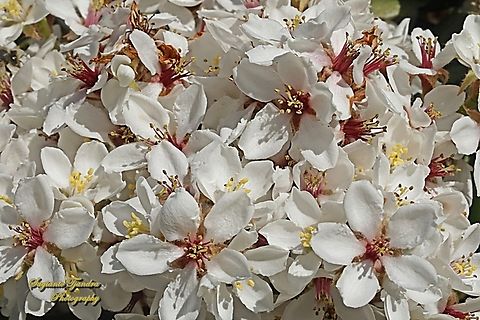
Appearance
They are shrubs or small trees, which rarely reach a size of 4 m in height. The branches are purple brown when young, greyish brown when old, cylindrical, initially brown tomentose, glabrous in old age. Petiole 0.5–1.8 cm or almost absent, slightly brown or tomentose, subglabrous; stipules deciduous, lanceolate, little brown tomentose, acuminate apex; ovate blade blade, oblong, rarely obovate, oblong-lanceolate, narrowly elliptical or elliptical-lanceolate, 4–8 × 1.5–4 cm, coriaceous, abaxially prominent veins, abaxially visible reticular veins and visible or non-adaxially, back pale, glabrous or scarcely tomentose, shiny adaxially, glabrous, the apex obtuse, acute acuminate.The inflorescences in panicles or terminal of clusters, with many or few flowers; pedicels and peduncles rusty-tomentose; bracts and deciduous bracteoles. Flowers 1–1.5 cm in diameter. The petals white or pink, obovate or lanceolate, 5–7 × 4–5 mm, pubescent basal, obtuse apex. Stamens 15, as long or shorter than the petals.
Uses
It is grown for its decorative pink or white flowers, and is popular in bonsai culture. The fruit is edible when cooked, and can be used to make jam.Indian hawthorn is a mainstay horticultural specimen in southern United States. It is often found in commercial as well as in private landscapes. Often it is trimmed into small compact hedges or balls for foundation plants. It has been successfully pruned into a standard form as well as small dwarf-like trees up to 15 feet in height. It is apt to develop leaf spot.
References:
Some text fragments are auto parsed from Wikipedia.